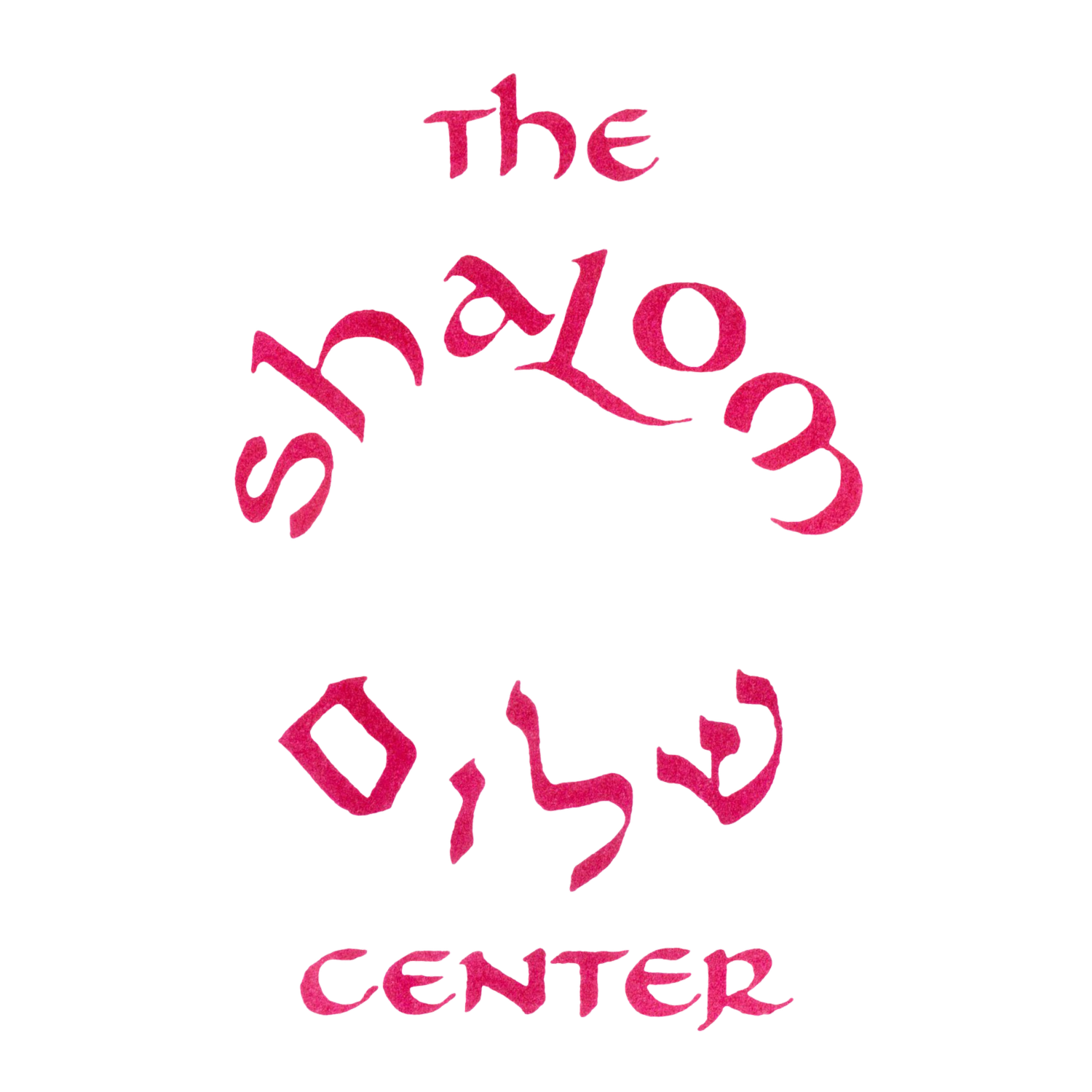Passover in a Time of Massive Bloodshed
by Rabbi Arthur Waskow
This year, Pesach — Passover — the festival of Freedom-Struggle and Pursuing Justice — approaches while atrocious bloody attacks on the people of Israel and far bloodier atrocious attacks on the people of Palestine — are being perpetrated by the governments that claim to speak and act for ancient values.
Many many Jews, Muslims, and people devoted to other spiritual and religious paths are feeling disoriented, unmoored from the Spirit. How can we celebrate in the face of so much death and so much trauma amongst the living?
The biblical tradition offers us a way:
The Torah passage we call Numbers 19 prescribes a ritual to move from an experience of and strong focus on death — so strong it negates deep participation in sacred communal life (this spiritual state Torah calls “tumah” and “tamei”) and the spiritual state it calls “tahor” — able to hear and respond to the murmuring rush of YHWH, the Sacred InterBreath that connects all life.
The ritual is called the “red heifer” — built around an unblemished young red cow that has not even a hair that is not red and not even a moment of its life when it has been yoked. The cow is ritually slaughtered, its body is burned in red cedar-wood with a red dye cast into the already red fire.
Its ashes are tossed into water that is preserved as “Waters-Kept-Apart.” Israelites can dissolve their spiritual state of Tumah by being sprinkled with the “Waters-Kept-Apart” on the third and seventh day after touching a dead human body or any part of one.
Tradition was that the “red heifer” ritual was especially invoked as Passover approached. Why? Because the priests who wanted to celebrate a free community wanted it to be a whole free community — nobody debarred on account of Tumah. On account of contact with death.
This whole process became unworkable and irrelevant after the Roman destruction of the Jerusalem Temple. The ancient Rabbis decided to give the ritual a new “half-life” by requiring that Numbers 19 be read in the synagogues on the third Shabbat before Pesach. That Shabbat became known as “Shabbat Parah”, “Shabbat of the Heifer.” Even though we cannot replicate the ritual itself, thought the Rabbis, perhaps reading the story would stimulate the life-giving response in people so traumatized they needed the memory of freedom, without the sprinkle of ashes in water.
And here is where we turn for a new ritual — drawing on the ancient one, drawing on the rabbinic creation of “Shabbat Parah” — but doing more than reading the old story. The preceding explanation has taken more than 400 words; next we will describe the ritual we propose. WE suggest the Red Heifer be invoked and we sprinkle each other to move from our unmoored, traumatized state to a more relevant, more necessary, more transformative celebration of Passover. We suggest making a Seder that faces the flood of death we are living through in order to rise beyond the trauma — to resume our Freedom Struggle, to once more Justice to pursue.
We realize that feelings and opinions about the war of the Netanyahu regime against the people of Palestine in Gaza differ largely by generation. And we realize that one of the most powerful elements of many Seders is to bring the Jewish generations together in love. So the first instinct of many will be to avoid any discussion of the bloodshed we cannot help but watch. But we encourage respect and listening to each other with our hearts, rather than uneasy silence.
So — to the ritual we suggest:
Bring five items to your Seder table: A printed out red copy of the photo of the red cow included in this mailing; a copy of this letter that includes the old/new ritual; a vessel that will not burn or melt (perhaps an empty, open tin can) in which you will place the photo of the red cow; an additional candle beyond the ones to honor Pesach; and a large bowl of water.
Then if possible go outdoors to take joy in the reunion of red Earth and red Humanity through the calming agent of the red heifer. [“Parah adumah”; “edom” = red, adamah = Earth, evidently red clay; “Adam” = reddish-skinned humanity birthed from the red clay.”] Why outdoors? For life-protecting safety as we bless and light the candle and then a tiny fire to carry us beyond our trauma. All present recite:
Blessed are You, Yahhhh, the sacred InterBreath of life, Who calls us together to begin freeing ourselves from the trauma of massive killing and death, through the presence of the Red Heifer. Brucha aht [Baruch attah] Yahhhh elohenu ruach ha’olam, asher kidshatnu b’mitzvot — vitzivatnu l’hadlik ner shel Parah Adumah.
Then light the candle and use it to set fire to the picture of the red heifer. When the picture is consumed to ashes, pour the ashes into the bowl of water. Then each Seder participant sprinkles a little of the water over the hands of another participant, saying, “I sprinkle this water of life mixed with ashes of death to help free you from the trauma of mass killing. That trauma has damaged your connection to the InterBreath of life and to each other, of all peoples. May this sprinkling strengthen your hands to work with all who seek to grow freedom and justice.”
Return to where the Seder will proceed; then light the candles to honor Pesach (blessing first, unlike Shabbat), and proceed into the Seder.
Blessings of shalom, salaam in your own lives
— Arthur
The Haggadah itself will make up a separate emailing from The Shalom Center. The explanation of the Red Heifer ritual will not be mailed again, but will be available in “Resources” under Passover on our website. The Seder will also be there, as a separate resource. See https://theshalomcenter.org/resources.

